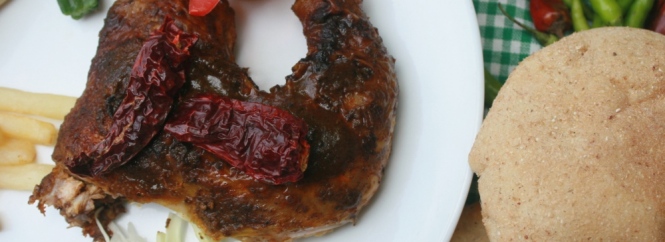 Vegans often have trouble with traveling far and wide because of their dietary restrictions. They fear that there will not be edible vegan food options overseas. The truth, however, is different. There are vegans or vegetarian people in almost every country and region. In some regions, people only eat vegetarian foods and the non-vegetarians find it difficult to sustain at such places.
Vegans often have trouble with traveling far and wide because of their dietary restrictions. They fear that there will not be edible vegan food options overseas. The truth, however, is different. There are vegans or vegetarian people in almost every country and region. In some regions, people only eat vegetarian foods and the non-vegetarians find it difficult to sustain at such places.
The main sources of food for the human civilization are plants. That is why vegan travelers should not find it extremely difficult to get sufficient and suitable foods at their travel destinations. Still, the vegan tourists should conduct extensive research about hotels and restaurants at their destination.
Most big restaurants have a separate suitable menu for the vegans or vegetarians. Despite the limited food options for the vegetarians, traveling around the world can be fun and exciting.
The challenges are less critical
There was a time when strict vegetarians and vegans had to pack their food before boarding international flights. Even domestic flights did not offer vegetarian snacks or meals. At present, due to the increasing number of vegetarian travelers around the world, international flights have made a place in their menu for vegan or vegetarian foods.
They also offer raw food and gluten free foods for the vegans. The foods offered on board are both tasty and nutritious as most often they are cooked by gourmet chefs. Reputed restaurants and hotels also offer good quality vegetarian food. The best thing is, there are numerous special vegetarian or vegan restaurants around the globe that will serve three course gourmet meals for vegan travelers.
There are more vegans than you can count
Vegans sometimes feel isolated because of the scarcity of vegan people in their circle. Luckily, when you travel the world then you will come in touch of hundreds of people who eat only vegetarian food due to religious or ethical reasons. People are switching to vegan food because it is better for their health. There are millions of vegetarians in countries like India, Thailand, Nepal and Malaysia.
Malaysia is mainly a non-vegetarian country but the presence of vegetarian community has forced the restaurants and hotels to keep delicious veggie foods in the menu. In India, a basic veggie meal will cost you just a dollar and a gourmet meal will be laid for you for $4. In European countries like Greece, Portugal, Italy, and Germany, you will get nice vegetarian options as well.
Learn to make small adjustments
It is true that most countries offer good quality foods for the vegans but there are also countries where the true meaning of vegetarian food is hugely misunderstood. For example if you go to China, you could be served vegetables fried in animal fat or lard. It is tasty, but not totally vegan. Try to adjust with such small inconveniences for the sake of seeing the world with your own eyes.
Be careful while ordering food
The vegetarian travelers should be extra careful while ordering food abroad. If the menu is in a local language not known to you, ask the help of the waiters or the manager for finding edible vegetarian options.
Summary
Vegetarians should not be afraid to travel the world. They can easily find affordable restaurants around the world that serve good quality vegan food.









